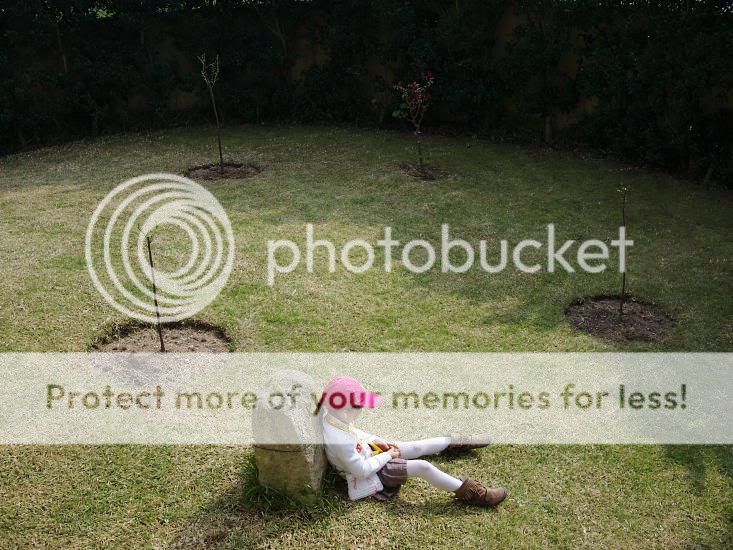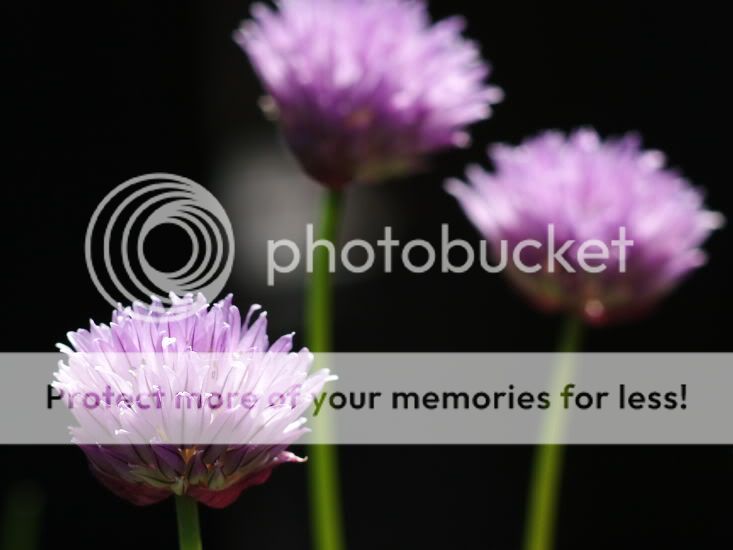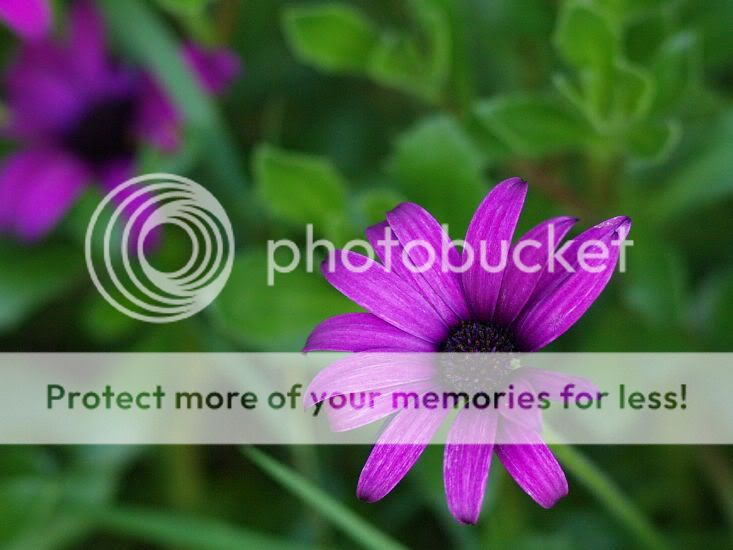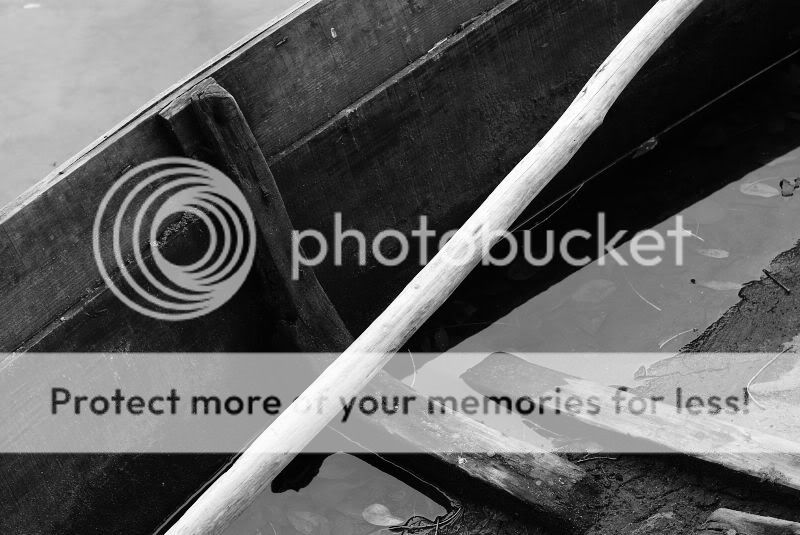Some of my faithful readers may recall that I've rediscovered the pleasures of photography after converting my old Carl Zeiss lenses from Contax/Yashica mount to Pentax K-mount and starting to use them on my K10D. However, one of the lenses - the Distagon 35/2.8 - was not converted because the bayonet cannot be removed on the particular version I own. I kept it on my old Contax 167MT body, on display on a shelf in the living room, together with other oddities from the time when cameras captured light onto polymer film strips coated with silver halide salt emulsions (!).
Now one interesting thing about the Micro Four Thirds system cameras, like the E-P2, is that they can operate with virtually any existing lens from 35 mm film cameras. That's because of the short distance between the lens mount and the sensor plane. An appropriate mount adapter will position the lens so that the correct image will form on the sensor.
You might have guessed it by now. I got a Novoflex Contax to Micro 4/3 adapter, so I can use the Distagon 35/2.8 on the E-P2. Due the small sensor size, the image is heavily cropped and the lens becomes equivalent to a 70 mm focal length on a 35 mm film camera. That is not a problem: 70 mm is a great focal for portraits and is still interesting in other contexts. Besides, most lenses tend to produce a sharper image at the center when wide open, so loosing the borders may actually be a good thing.
The lens still maintains the larger depth of field of a 35 mm focal. This, together with the maximum aperture of only 2.8, means that this lens/camera combination is unable to produce highly blurred backgrounds. As I've mentioned
before, however, I believe this is an highly overrated issue.
Of course, focusing is manual. But that works quite well with the E-P2's nice electronic viewfinder. And the image can be easily magnified, if necessary for more precise focusing.
Call me a retro geek, but this is the kind of thing that gets me all tingly with excitement!
Olympus E-P2 + Zeiss Distagon 35/2.8

















